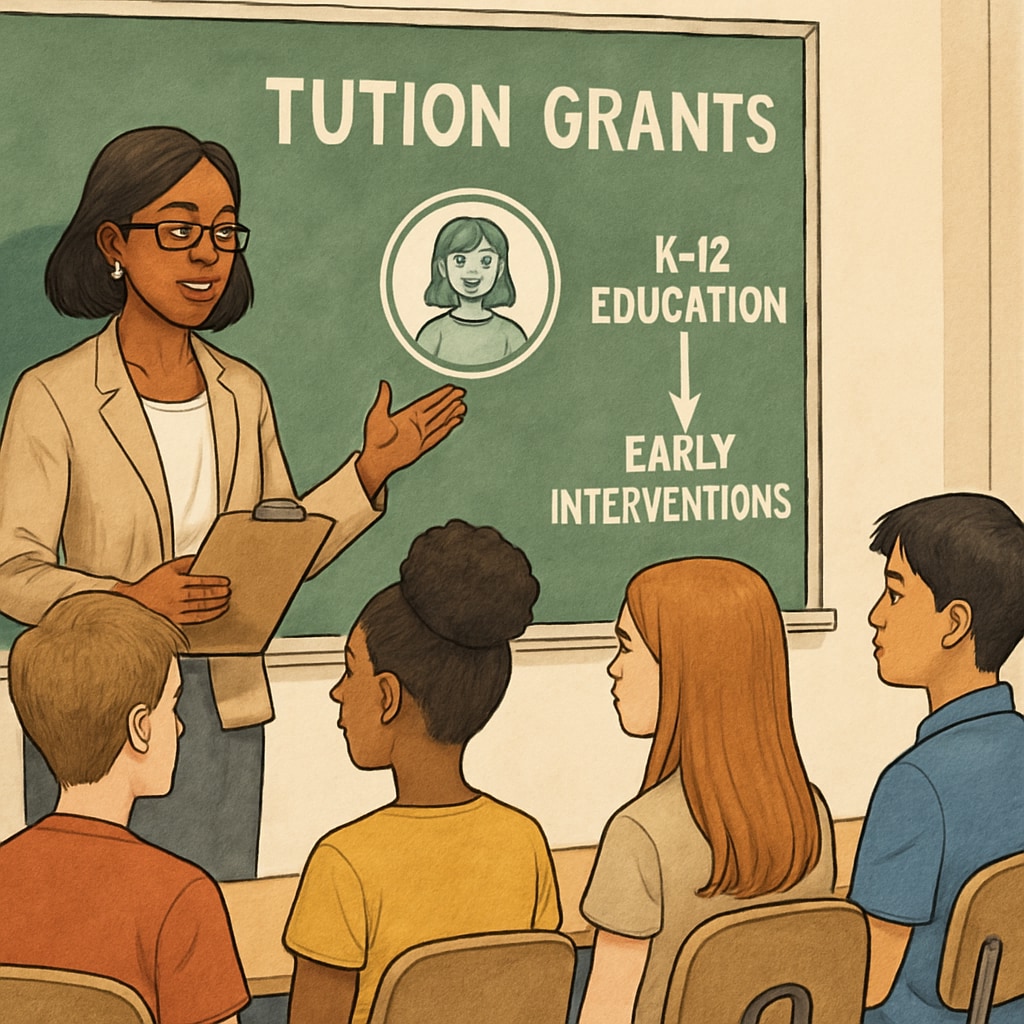For many students, the dream of graduating from college or pursuing advanced degrees like medical school is hindered by the weight of tuition costs. Platforms like GoFundMe have emerged as unconventional solutions, enabling financially struggling students to crowdfund their education. However, the reliance on crowdfunding exposes significant gaps in the educational funding system, raising crucial questions about how we can construct a fairer, more inclusive financial aid framework starting from the K12 education phase.
The Rising Cost of Education
Tuition costs have skyrocketed over the past few decades, leaving many families unable to afford higher education without substantial loans. According to the Encyclopedia Britannica, the average cost for a four-year college degree in the United States exceeds $100,000. For students aspiring to attend medical school, the financial burden can be even higher, often reaching over $250,000. As a result, students from low-income backgrounds face immense barriers that threaten their academic and career aspirations.

Crowdfunding: A Temporary Fix for Systemic Issues
Platforms like GoFundMe have provided an alternative for students who are unable to secure traditional loans or scholarships. Stories of students crowdfunding tuition for medical school have gained traction, shedding light on the desperation felt by many aspiring professionals. While these campaigns occasionally achieve their goals, they highlight deeper systemic issues:
- Unequal Access to Resources: Students with strong social networks or media skills are more likely to succeed in crowdfunding efforts.
- Overdependence on Public Generosity: Crowdfunding shifts the responsibility for educational funding from institutions to individuals.
- Short-Term Solutions: Crowdfunding addresses immediate financial needs but does not resolve long-term affordability challenges.
These issues emphasize the need for a comprehensive overhaul of financial aid systems to ensure equitable access to education for all students.
Building Equity in Financial Aid: Starting from K12 Education
The foundation for addressing tuition challenges begins early, in the K12 education phase. Students from underserved communities often face systemic disadvantages that compound over time, making higher education even less accessible. Here are some strategies to improve equity in educational funding:
- Universal Access to Pre-College Grants: Expanding grant programs for low-income students can help bridge the gap between K12 and higher education.
- Financial Literacy Education: Teaching students and families about scholarships, loans, and budgeting can empower them to navigate financial aid systems effectively.
- Government Subsidies: Increased federal and state subsidies for public colleges can reduce tuition costs for all students.
By addressing these systemic gaps, we can create an environment where students no longer need to rely on unconventional methods like crowdfunding to pursue their dreams.

Conclusion: The Road to Inclusive Education
The stories of students crowdfunding for tuition costs—whether for undergraduate degrees or medical school applications—are powerful reminders of the inequities in our current financial aid systems. Platforms like GoFundMe may provide short-term relief, but they cannot replace the need for comprehensive reforms. From K12 education to higher education, governments, institutions, and communities must work together to ensure that no student’s dream is derailed by financial constraints.
As a society, we must prioritize equitable access to education, recognizing that investments in students today will yield future leaders, innovators, and professionals. The journey toward a fairer system begins with acknowledging the flaws, advocating for change, and implementing solutions that make education accessible to all.


